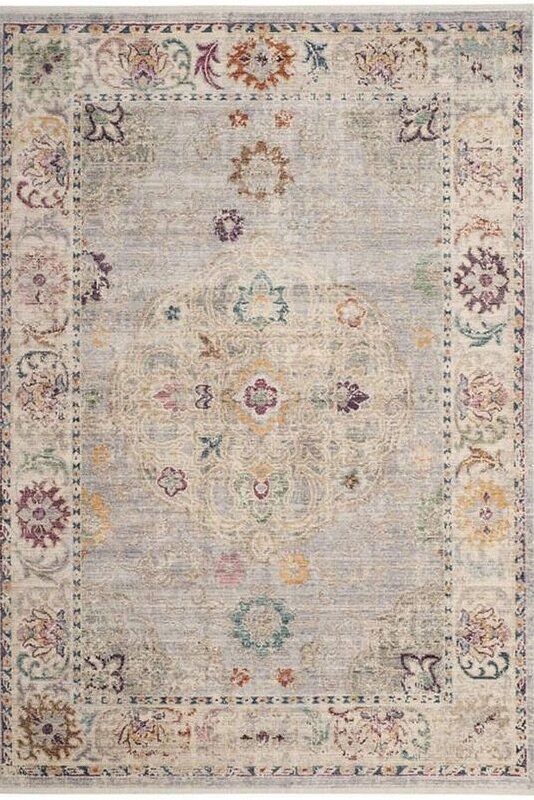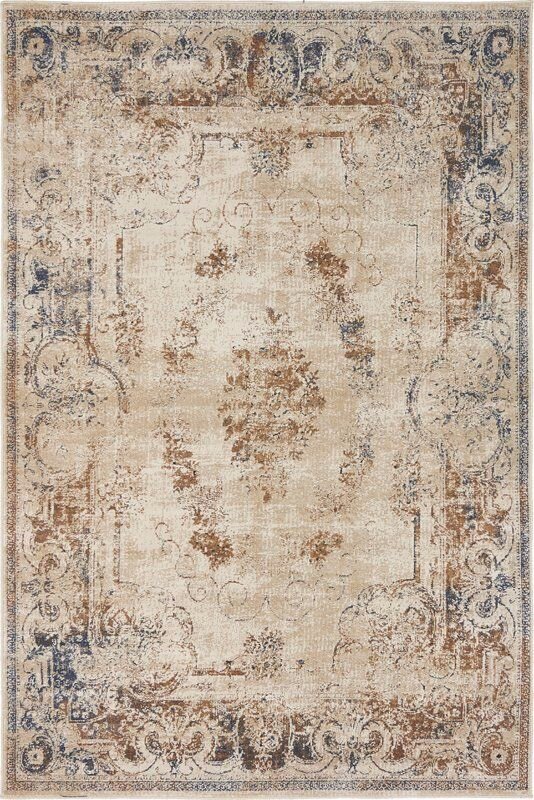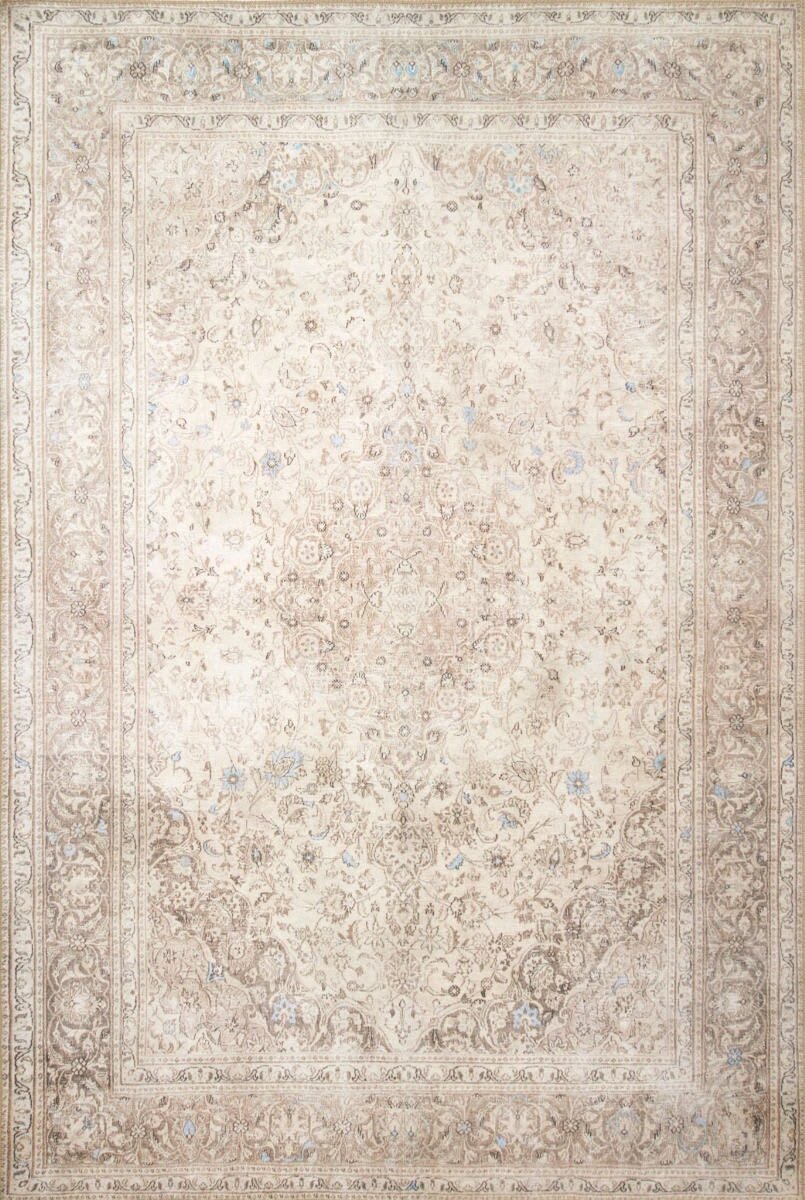I have always admired the style of the fashion designer Bill Blass - his work was classic and simple - with beautiful detailing and classic tailoring. His apartment in New York, which he designed with the help of Chessy Rayner and Mica Ertugun of the interior design firm MAC II, reflects the same aesthetic.
Situated at No. 1 Sutton Place, Manhattan, I was fascinated by the interior. I remember the first time I saw it, perhaps twenty years ago. It was timeless, gracious and and it oozed the most exquisite classic style that I had ever seen.
The furniture was very Regency in style and the decorative details were wonderfully quirky, featuring globes, architectural models, and columns. The apartment was masculine, monotone and to me it was... perfection!
I love this quote from the man himself...
"There is a sense of dignity, a simplicity and a classicism in my clothes which can be read into the apartment. As I am surrounded with colours and fabric all day I look forward to a monochromatic home. I work in fashion - I don't want to live somewhere that looks fashionable." - Bill Blass


































































